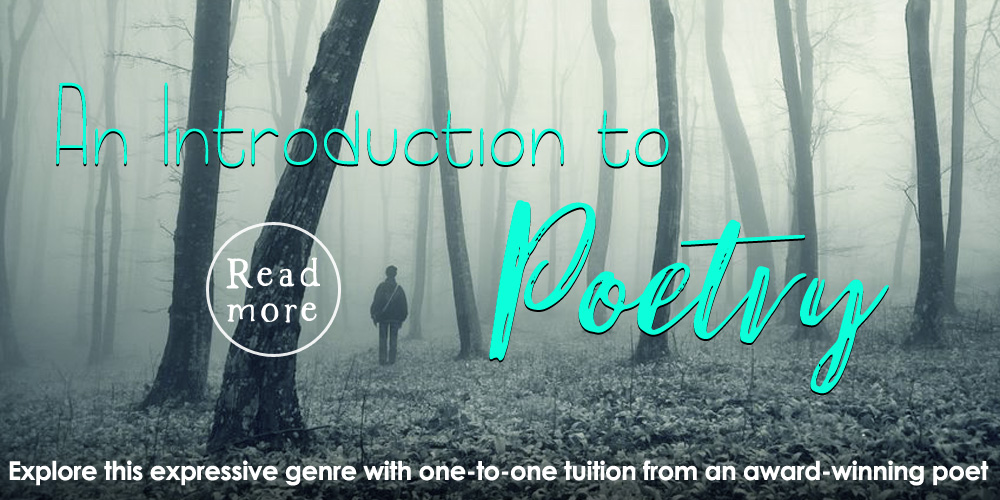What does the most common advice dished out to writers – Show, Don’t Tell Your Reader – actually mean?
What Movies and Good Writing Have in Common
Movies show. They use scenes. They present characters who talk and react to each other, in a particular setting with a backdrop. Movies give us images, and these pictures instantly captivate viewers.
So should your writing. We need to see your characters acting out the plot, not be told about them.
So as you stare at your computer screen hoping for some magical inspiration to kick-start your first sentence, do this exercise. Imagine that you are a movie camera focusing on your writing topic, and jot down answers to the following questions.
- What would the cameraman see?
- What sounds would the soundman pick up?
- Paint the picture you see before you with simple descriptions.
- What small, unusual details do you notice?
- What do your other senses pick up: touch, smell and taste?
Then create the scene. Use characters. Use dialogue. Just like an entertaining movie.
Let’s look at other ways to show, not tell.
1. Use strong, visual verbs to set the scene.
Some writers suggest that your verbs should outnumber your adjectives in each paragraph.
For example, note the verb usage in this opening by Bisantz Raymond as quoted in her piece “Give Your Writing the Midas Touch”:
It’s 1pm in Niagara Falls, New York. Darlene Petro tucks in her son, turns on the TV, and sinks into her favourite chair.
The music swells, a Galanos-clad villain plots against her arch-rival, then swoops magnificently down a circular staircase….
2. Create unusual and evocative descriptions.
Use imagery, and literary devices like similes and metaphors, to paint pictures with your words. One memorable phrase will paint a picture better than a whole paragraph.
For example:
“She sat in her rickshaw like a moulting hawk.”
(H.E. Bates, The Jacaranda Tree)
“He replaced his pipe between his teeth like a missing section of his own anatomy.”
(Ian McEwan. The Cement Garden)
Mickey (the baby) would start with a bagpipe wheeze and climb the scales from there.
(Penny Alexander. A Lullaby for Mickey Marshmallow. Sexy Shorts for Lovers)
3. It’s a well-known saying that “details draw the reader in; generalizations keep them out”.
However, a good writer knows just how much detail to use.
Consider the following passage from the Mail & Guardian (taken from Francois Nel’s Writing for the Media in South Africa):
First draft: As the dying sun filters through the rising smog of evening coal fires, the mood of bustling relaxation is reminiscent of a seaside promenade; kids playing soccer, girls and boys idling in flirtatious banter, women leaning over neighbourhood fences and their men exchanging profundities on street corners. Until 7.08 pm.
Former guerilla commander Michael Malunga says: “Look, they’ve all gone.” And sure enough they have…. Because this is Sebokeng and it is killing time.
The opening paragraph is too wordy, filled with useless information that slows the reader down.
Second, edited draft: The dying highveld sun filters through the smog of evening coal fires. The mood is light: kids play soccer, boys and girls banter and flirt, women lean over fences and men chat on street corners. Until 7.08 pm.
Former Guerilla commander Michael Malunga says: “Look, they’ve all gone.” And sure enough they have…. Because this is Sebokeng, and after sundown is killing time.
4. Conjure up immediacy in your writing by using tangible, concrete nouns and adjectives.
We can see or feel tangible nouns, and using them instead of abstract nouns helps make our written scenes more visual.
For example, Winston Churchill’s Second World War rallying cry was: “I have nothing to offer but blood, toil, tears and sweat.” That’s become a common saying: “Blood, sweat and tears”. Notice that the word “toil” was omitted by the man on the street, because, unlike blood, sweat and tears, we can’t feel or see “toil”.
Similarly, compare these two drafts of the same piece (Bizantz Raymond, The Buffalo News)
First draft: My dad was very talented, and convinced all of us that we had ability. We learned to paint before we learned to groom ourselves.
Second draft: My dad was talented and convinced us we were, too. We learned to paint before we learned to brush our teeth.
5. Evoke the reader’s emotions through story-telling.
If a reader feels emotionally involved in a piece of writing, they are more likely to finish reading it. For example, a piece on Christmas and divorced parents (Bizantz Raymond, USA Today) reads as follows:
In the year since Marianne and Tom’s divorce, the three children hadn’t seen much of their father. For that reason, Marianne invited Tom for dinner.
In the candlelight the children’s eyes sparkled with questions: Would their parents get back together? Would they be a family again?
At 6 pm Tom passed out his presents, and left. The kids went to their rooms. Marianne broke down and cried.
The elements in this introduction: the sparkling eyes, the tears, and the children’s return to their rooms portrays the emotional pain of divorce more graphically than would telling the reader that the children are hurt and disappointed.
6. Enticing writing creates a suspension of disbelief.
The reader must feel compelled to read further to find out more and feel satisfied by the outcome.
Avoid over-explaining, “telling” too many details, or bogging the reader down with endless facts. Your aim is to keep the reader reading.














